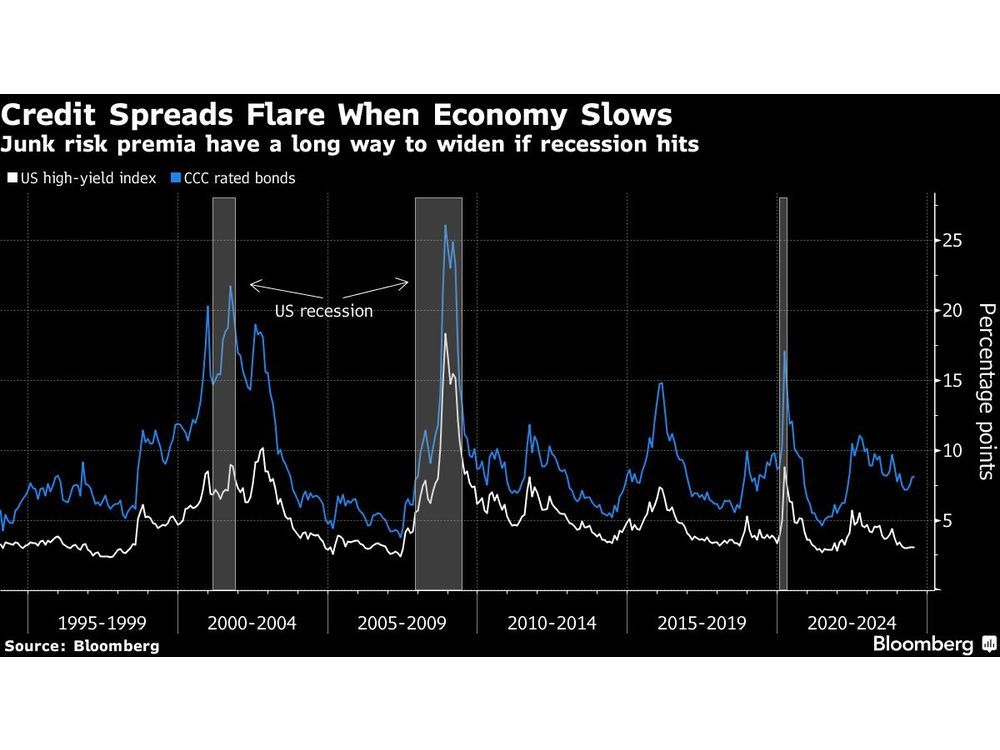Follow us on LinkedIn
The term commodity refers to basic, interchangeable goods used in commerce. These may include items such as precious metals, natural gases, food items, etc. Commodities play a significant role in any given economy. They are also essential in the production of goods and services in a county. Commodities are often available for exchange, which makes them an investable asset for investors.
Like any other asset investment, commodities have some risks and rewards associated with them. Similarly, these are often available on specialized markets or exchanges. Usually, investors prefer to include commodities in their investment portfolios as a part of the asset allocation strategy. Like other investments, investors can also hedge against the risks associated with commodities.
What is a Commodity Future?
A commodity future is a futures contract that investors can enter into to buy or sell a specific number of commodities in the future. This contract also allows investors to set the price for future transactions and specifies the date for it. Commodity futures are a prevalent method that investors use to hedge or protect their investment position. Sometimes, investors can also use commodity futures as a part of the speculation strategy.
Commodity futures include all characteristics of future contracts. As futures contracts, commodity futures contracts are derivatives that get their value from the underlying commodity or commodities. These contracts obligate the parties to exchange or transact an asset in the future at a specific date and price. Commodity futures are crucial to hedge against the volatility related to some commodities.
How do Commodity Futures work?
Commodity futures work like any other futures contract. However, the underlying asset in these contracts is commodities. Two parties enter into a commodity future contract that allows them to fix a price at a specified date. At that date, if the commodity price has increased, the futures contract buyer will profit. If not, the seller will benefit.
Commodity futures contracts may also differ from other contracts. These contracts usually do not include the actual transfer of a commodity to the buyer. Instead, the seller provides proof that the specific asset exists at a disclosed location. At the expiration date, the contracts are either netted or closed out. One party then settles the difference between the original and closing trade through cash.
What are the advantages and disadvantages of Commodity Futures?
Commodity futures can play a significant role in helping investors mitigate the risks associated with commodity investments. On top of that, these contracts ascertain that commodity producer benefits from a fixed sales price in the future. In cases such as when the commodity is grains or food items, the contracts can be significantly beneficial for the producer.
However, commodity futures can also harm the producer if the market prices increase by the expiration date. Therefore, trading in commodity futures can be risky due to the volatility associated with some commodities. Commodity prices may also fluctuate due to events beyond control and can, thus, cause even more harm. Usually, commodity futures are not for novice-level investors.
Conclusion
Commodity futures are contracts that allow two parties to fix the price for a commodity in the future. Commodity futures contracts play a significant role in allowing investors to mitigate risks associated with commodity investments. These contracts have similar characteristics to other futures contracts. Like any other type of investment, commodity futures have some benefits and drawbacks, as discussed above.
Further questions
What's your question? Ask it in the discussion forum
Have an answer to the questions below? Post it here or in the forum
Meta rolled back January 6-era restrictions on former President Donald Trump's social media accounts ahead of the Republican National Convention.



June saw 75 filings, up from 62 in May and above the pandemic-era peak of 74 in July 2020, according to S&P Global Market Intelligence.

Credit markets are breathing a sigh of relief after inflation data showed price pressures are cooling broadly, but a weakening economy poses fresh risks to corporate debt.